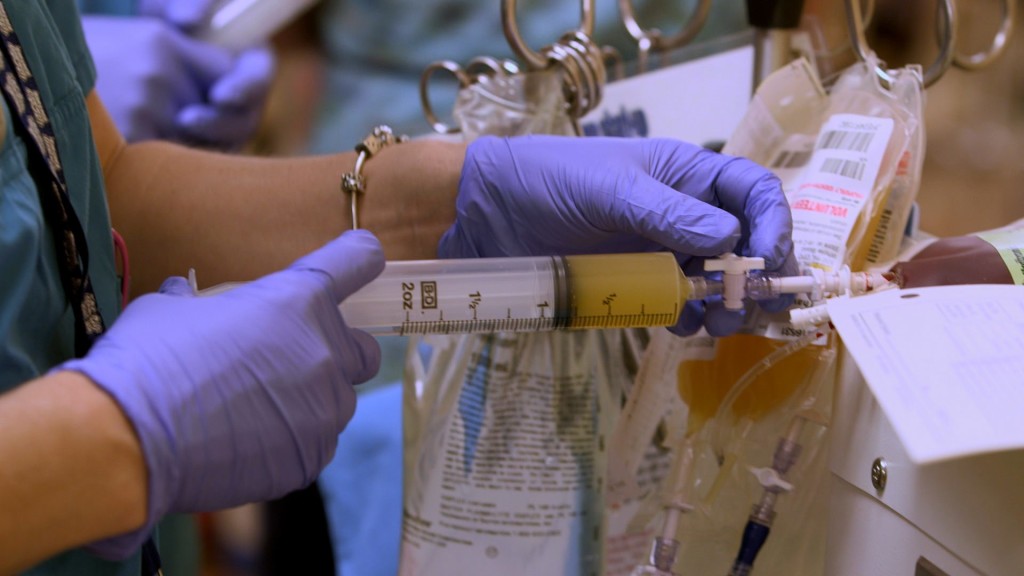CDC: Some Doctors Contribute to Superbug Spread

March 6, 2014
Share
The misuse of antibiotics is one way to create drug-resistant bacteria. And, according to the Centers for Disease Control and Prevention, your doctor could be part of the problem.
Some doctors prescribe three times more antibiotics as their colleagues in units at other hospitals and failed to properly test patients or follow up on their treatment, a CDC study found this week.
Antibiotics destroy certain bacteria. But if the drugs aren’t taken in the correct dosage, or for the right length of time, the bacteria can adapt to become resistant to those drugs. As FRONTLINE reported in Hunting the Nightmare Bacteria, that resistance can ultimately make them untreatable — a “nightmare,” according to the CDC.
Hospitals are particularly vulnerable to potential superbug outbreaks, said Dr. Brad Spellberg, an infectious diseases specialist at Harbor-UCLA Medical Center. “Hospitals reflect a perfect storm for resistance,” he told FRONTLINE. “They are the places where society crowds together under one roof the sickest patients with the most compromised immune systems, the highest intensity of powerful antibiotic use, and the most intensive medical care.”
There aren’t many solutions so far. There are few new antibiotics in the pipeline and few incentives for drug companies to invest in antibiotic research.
In its proposed budget, released this week, the Obama administration announced plans to double the funding, to $60 million, for the CDC’s antibiotic resistance program, which tracks drug resistance in the U.S. and globally.
In the meantime, the CDC recommends that hospitals implement what it calls “antibiotic stewardship” programs that help ensure patients get the proper treatment and only use antibiotics when necessary.
When they do, it makes a difference. Hospitals that cut back on antibiotic use by 30 percent saw a 25 percent drop in infections from one particularly nasty bug, known as C.Diff, which attacks patients with weakened immune systems, the CDC study found.
Antibiotic stewardship programs also save money. One hospital saved $17 million over the eight years it used a program. The year after the program was discontinued, costs rose by more than $1 million.
But it’s unclear how many hospitals have such a program, since it’s not required by law. A 2013 study, for example, found that only half of California hospitals currently had such a plan in place.

Related Documentaries
Latest Documentaries
Related Stories
Related Stories
Explore
Policies
Teacher Center
Funding for FRONTLINE is provided through the support of PBS viewers and by the Corporation for Public Broadcasting, with major support from Ford Foundation. Additional funding is provided the Abrams Foundation, Park Foundation, John D. and Catherine T. MacArthur Foundation, Heising-Simons Foundation, and the FRONTLINE Trust, with major support from Jon and Jo Ann Hagler on behalf of the Jon L. Hagler Foundation, and additional support from Koo and Patricia Yuen. FRONTLINE is a registered trademark of WGBH Educational Foundation. Web Site Copyright ©1995-2025 WGBH Educational Foundation. PBS is a 501(c)(3) not-for-profit organization.




















